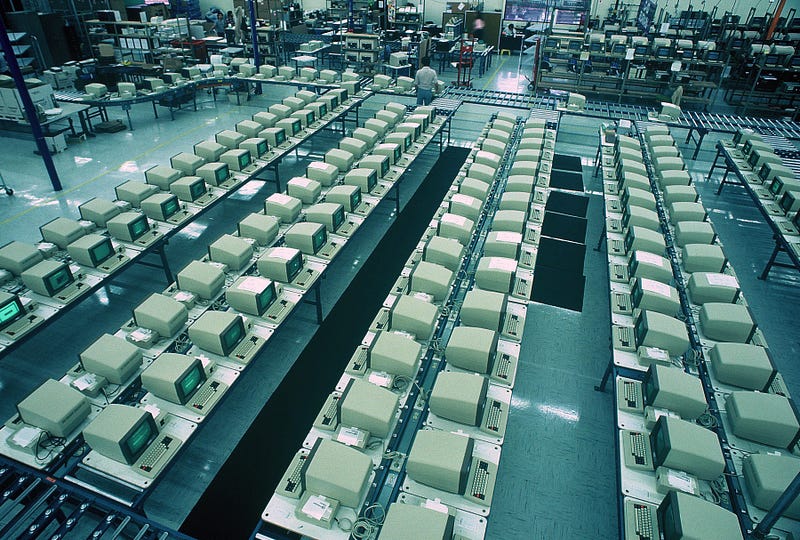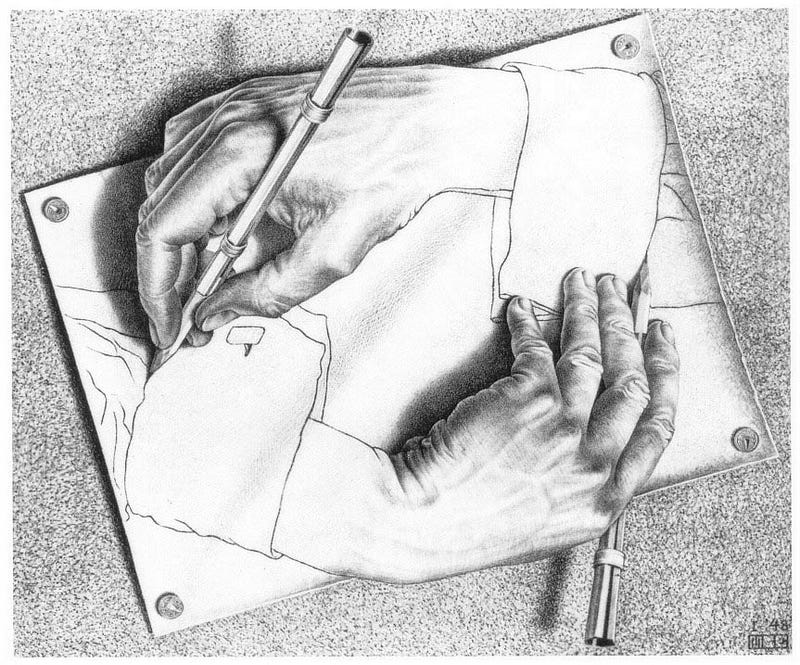It’s not what you think.

Productivity. It’s the buzz word of all buzzwords. It is that dragon that we all chase — day after day. It’s the subject of thousands of articles on hundreds of sites. An ocean of virtual ink has been spilled on the subject. But most of this ink assumes that everyone is clear on what productivity is, and why it is good. Lately, I’m not so sure that this is the case.
I’m not sure that it’s clear to everyone what productivity is. I’m also not so sure that it’s clear why productivity is a good thing. So here are a few thoughts.
First of all, productivity doesn’t exist in a vacuum. Being productive is not an isolated virtue, good for its own sake. It’s only good if one is productive in the realm of something that ought to be produced. There is no sense in being productive for productivity’s sake. After all, I could be super productive in the realm of grass blade counting, but is there any good in my being productive at that? Probably not.
The focus of productivity talk has to include being productive at the right kinds of things. But how do we determine what the right kinds of things are? That is where a lot more thinking is needed, and paradoxically, where we need to be a lot more productive.

The REAL Secret
If productivity is simply producing more of whatever thing you’re working on, then the real secret of ultimate productivity begins to surface.
The real secret to being more productive is to select the right thing to produce.
With that “secret” in tow, you may find yourself feeling both liberated and scared at the same time. Liberated because you are free from the shackles of the things you worked diligently at doing more efficiently — but weren’t quite sure about. Scared because you’re totally free. You are now free to decide what your real priorities are — what you really ought to become productive at. And you’re free to go and do it!
Knowing that secret is half the battle, but winning half the battle doesn’t (by definition) win you the battle. The real nitty-gritty comes when you sit down and decide what the real priorities are. That itself takes a lot of time and energy, and it will involve asking yourself really challenging questions.
Selecting the right thing is hard, but a good tip is this: select the thing for which focus and intense work comes easily. This is where a quote from Shane Parrish at Farnam Street:
Essentially, to get productive you’re going to need to get rid of a lot of stuff that doesn’t engage your full attention. Below are three tips I’ve found that can help in this process.

dude, that’s soooo meta!
How to do Meta-Productivity
- Abandon your assumptions: Go into your session of hard soul-searching without any assumptions about what your priorities are — what’s really worth getting done. The more you assume you know, the less you’ll notice when you search your feelings for your priorities and your values.
- Don’t fall for the sunk cost fallacy: The sunk cost fallacy basically says this: just because you’ve already spent a lot of time and energy doing task X, don’t think that means you need to see it through to completion. If getting X done doesn’t contribute to a worthwhile goal of yours — cut it!
- Think like the therapists on Hoarders: If you manage to not fall for the sunk cost fallacy, you may find yourself ready to cut a lot of things out of the scope of your normal productivity push. That may be scary. You may have developed some kind of attachment to a lot of the work you find yourself doing, or just scared that things may fall apart if you abandon that work. But so much of that emotional involvement is a kind of productivity hoarding. So treat yourself like the hoarder (of tasks) that you are, and take a cue from the show with the same name. Perform an intervention on yourself, and fearlessly ask why these things are on your plate, and *gasp* what happens if they come off of it. For a really great walk-through of how to do this, see Greg McKeown’s great piece at LinkedIn.
With that daunting journey out of the way, you should have a fairly clean plate in front of you. But if your plate isn’t clean, at least the stuff that is on your plate is stuff that you’re excited to start getting done. Then, finally, you can roll up your sleeves and get to work.
If you appreciated this piece, you know what to do — recommend it! Also, follow me for more stuff like it. I try to publish nearly every day. The operative term being “try”.